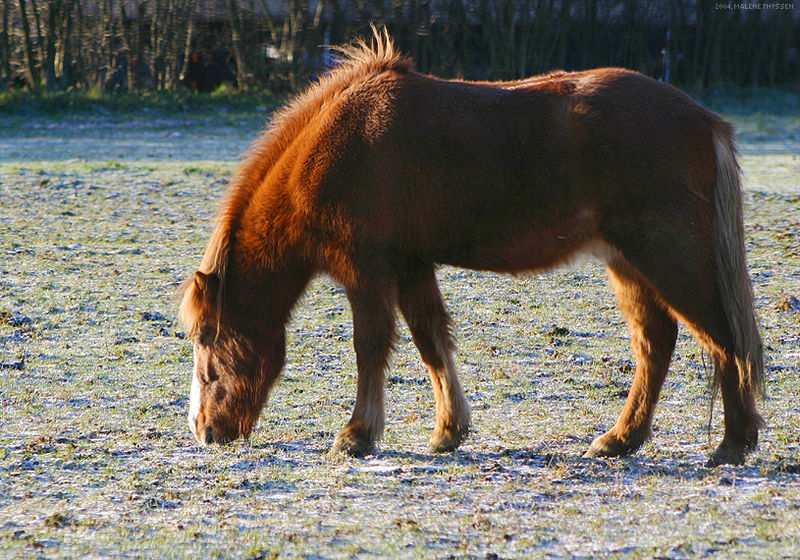The Jutland horse
A draught horse descended from the forest horse, the mount of the Vikings, bred in Denmark’s Jutland peninsula since the Middle Ages as a steed for knights in armor, the Jutland horse was transformed in the 19th century by infusions of Cleveland Bay blood, mainly from Suffolk Punch, and in particular by the stallion Oppenheim LXII, imported in 1860.

Jutland also played a major role in the creation of the German Schleswig. At present, Jutland’s numbers remain small.
Caractère et aptitudes du cheval
A calm, gentle, docile horse with remarkable stamina. It is energetic and strong. Its action is lively and free.
Utilisations du cheval
Usually used for farm work, it is now used to pull brewery carts.
Morphologie du cheval
Proportionate head with slightly convex profile. Long, straight ears. Small eyes. Compact, brevilinear body. Short, arched neck. Low withers. Shoulder muscular, rather straight. Broad fore chest. Deep chest. Short, strong back. Wide, muscular loins. Powerful hindquarters. Ample, slightly sloping croup. Short, very strong limbs. Heavy bone structure. Very muscular thighs. Abundant dewlap. Wide feet. Well furnished tail. Coat: almost always chestnut with blond mane and tail. Also roan, bay, gray. Height: 1.52 to 1.65 m.


